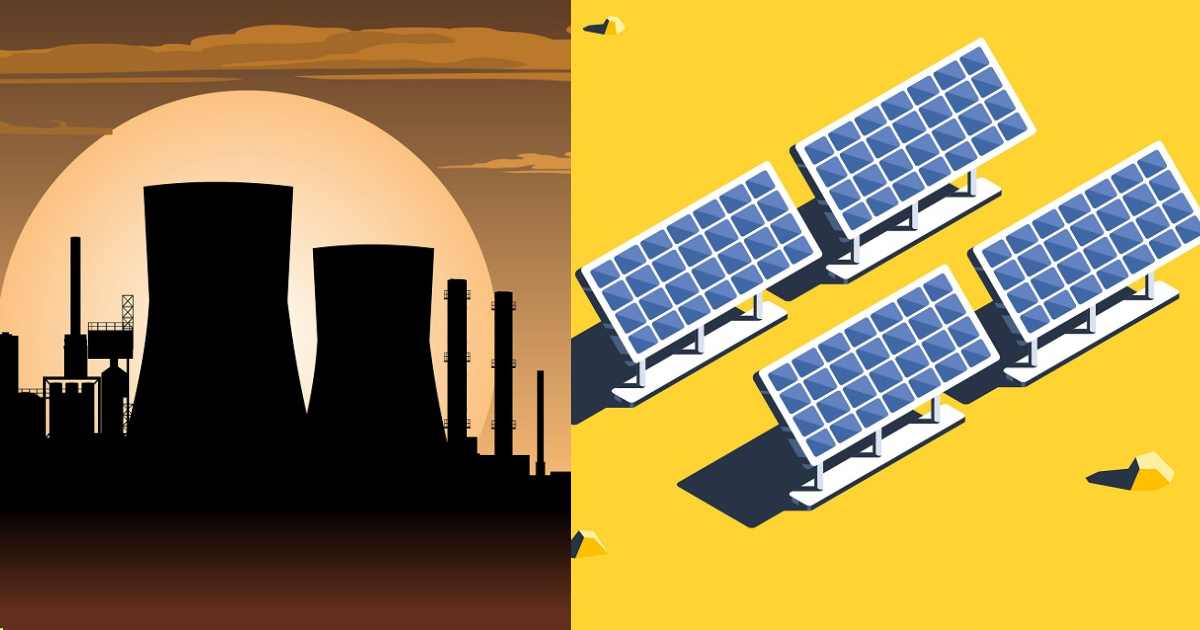
A UNSW Sydney community survey indicates strong support for a plan to tax carbon emissions, with the proceeds redistributed to Australians. But there may be a sting in its tail for renewables.
The proposed Australian Carbon Dividend Plan (ACDP) would see the phasing in of a tax of $50 per metric ton of carbon dioxide levied at the source 1 and with the resulting revenue returned to every voting-age Australian – which UNSW says would work out to around $1,300 per person, per year.
“While designed to use the tax to encourage companies to reduce their emissions, the plan shows any price rises would be more than offset to consumers with three quarters of voting-age Australians to be financially better off. Those on the lowest incomes benefit the most,” states a UNSW release.
The national survey carried out last month of 1,636 people regarding the proposed plan revealed:
- 85% of respondents believed Australia needs a clear policy addressing carbon emissions and ensuring a reliable and affordable energy supply.
- 65% supported a tax on companies generating carbon emissions if such a tax is designed to encourage an emissions reduction.
- The above figure rose to 73% if the tax is redistributed to taxpayers and designed to encourage investment by companies in technology to lower carbon emissions.
- Two-thirds of those surveyed said climate change is the biggest challenge facing the world today.
“The case for our federal government to do more to reduce emissions is clear from these new survey results but now there is also strong community support for a new type of tax on companies that produce emissions if funds raised go back to taxpayers and the policy achieves reduced emissions,” said UNSW Sydney’s Professor Richard Holden.
Renewable Energy Subsidy Rollback
The plan’s authors state the ACDP would also enable the rollback of subsidies for renewable energy and similar measures as it says these would be unnecessary with a carbon tax in place.
But it’s not just carbon emissions that renewables help address – there’s also the non-greenhouse gas related health issues associated with coal fired power generation, energy system security, transmission loss and other benefits renewable energy brings; all of which have a dollar value. And what of various fossil fuel subsidies under the Plan? There didn’t appear to be any reference to those, unless I missed them.
However, with some support for renewables already winding down, costs associated with wind, solar power and energy storage continuing to drop and the intention of the ACDP to be phased in, perhaps its not a big issue – depending on how it is rolled out.
The full updated Australian Carbon Dividend Plan can be downloaded here.
10th Anniversary Of CPRS Defeat
UNSW’s survey results have been released on the 10th anniversary of the defeat of Labor’s Carbon Pollution Reduction Scheme (CPRS) emissions trading system in Parliament.
Shadow minister assisting for climate change Pat Conroy says carbon emissions would be more than 200 million tonnes lower and electricity prices cheaper if the CPRS had been in place.
In a speech to be delivered at the Australian National University in Canberra today, Mr. Conroy will state the Greens’ decision to side with Coalition to defeat Labor’s CPRS was a “massive error of political judgment”.
The failed CPRS was replaced with another carbon pricing scheme by the Gillard Labor Government in 2011. The scheme would have required big carbon dioxide emitters (excluding those in transport and agriculture sectors), to buy “carbon units”, with the intention that the cost would encourage companies to invest in carbon reduction strategies and technologies such as solar energy. Any increase in pricing on good and services for end-consumers was to be offset by income tax reductions.
The Coalition went into the 2013 election with a commitment to end the “carbon tax”, and after gaining power the legislation was repealed in 2014.
Footnotes
- The ACDP tax would be applied to CO2 emissions on electricity, direct combustion, transport, fugitive emissions, and industrial processes – and would be border adjusted in terms of imports and exports ↩

 RSS - Posts
RSS - Posts



“Fugitive emissions” sounds like what happens when people on the run from police, are living on cans of baked beans…
We called Fugitive emissions “Fugems” in the place I used to “work”. We had to implement a test scheme and schedule. Not a joke. ;p
Michael, Rather than just presenting a summary of the survey, it would be more useful if you were to actually reproduce in full the question that was asked, and also identify who were the respondents.
The question is important because a biased question is bound to result in a massive Yes vote.
The class of respondents is important because if they comprise people who are already biased towards implementing a carbon tax (however it is named) the question is also likely to result in a massive Yes vote.
I suspect that the “Australian Carbon Dividend Plan” would have been far too complicated to describe in a few sentences, so that it could then be amenable to the “Do you support it – Yes or No ?” question.
(Out of interest, were respondents allowed to respond “Don’t Know”, and if so what was the percentage who said that ?)